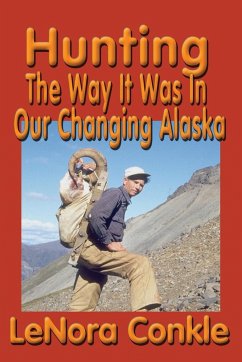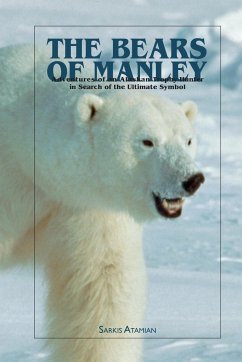
The Ketch Ketchum Story
Versandkostenfrei!
Versandfertig in 1-2 Wochen
22,99 €
inkl. MwSt.

PAYBACK Punkte
11 °P sammeln!
They seemed invincible. Fighter planes that became, in a few short months, the scourge of the Pacific. It was June 4,1942 when the Japanese aircraft carrier Ryujo, lying off the south coast of the Alaska Aleutian chain, launched three A6M Zero fighters in a strike against Alaska's Dutch Harbor. One Zero, flown by Flight Officer Koga, was hit by shell fire and with his damaged engine slobbering oil and about to fail, Koga headed for remote Akutan Island. As he touched down on Akutan his gear dug into the bog and was instantly smashed away. The Zero flipped over on its back and Koga was killed f...
They seemed invincible. Fighter planes that became, in a few short months, the scourge of the Pacific. It was June 4,1942 when the Japanese aircraft carrier Ryujo, lying off the south coast of the Alaska Aleutian chain, launched three A6M Zero fighters in a strike against Alaska's Dutch Harbor. One Zero, flown by Flight Officer Koga, was hit by shell fire and with his damaged engine slobbering oil and about to fail, Koga headed for remote Akutan Island. As he touched down on Akutan his gear dug into the bog and was instantly smashed away. The Zero flipped over on its back and Koga was killed from his landing gone wrong. A month later the Zero was sighted by a Navy PBY flying boat. A crew out of Dutch came to the Island, buried Koga's body in a shallow rise, and made the Zero's recovery. It was transported by fast ocean freighter to North Island Naval Base near San Diego. The existence of the Zero in U.S. hands was highly classified but rumor (scuttlebutt) spread through the repair shops. The Navy's aircraft specialists in short order had it reconstructed and returned it to flight status. Soon its secrets were wrung out through vigorous flight testing against several types U.S. fighters. Long before I was indirectly involved with the Zero story I grew up on an Idaho homestead during the bleak times of the Great Depression. Eventually hungry bellies drove us to Southern California. One Sunday I drove over to Glendale's small airport where I paid $5.00 for a short (very short) flight lesson. With that experience under my belt I vowed to somehow become an Army Air Corps pilot. After high school I was employed by the U.S. Navy on North Island as a civilian apprentice aircraft mechanic. During a lunch break several of us young mechanics were sitting outside in the sunshine eating sandwiches. We talked about airplanes while watching SNJ trainers shoot landings. With the war on we tossed ideas back and forth about becoming military pilots. For starters, you needed two years of college credits, couldn't be married, and a minimum 5 feet 6 inches in height. I took a long gamble, passed the Air Corps pilot cadet exams and was sworn in the Army. Six months later I had passed every hurdle that boot camp threw at us except the big one! My height. That final morning all my long-legged classmates breezed through the flight surgeon's final physical. Now it's my turn. The surgeon's name must have been "Houdini." When I walked out he had-magically-morphed me into a 5 feet 6 inch giant and I had his paperwork to prove it! But winning those silver wings took determination and a big bunch of luck. But wait a minute. Don't we make our own luck? Otherwise I would still be pealing GI potatoes!














